Note: warm colors indicate regions of increased sensation while blue and black areas represent decreased sensation.
A group of bio-medical engineers from Aalto University researched 700 volunteers from Finland, Sweden and Taiwan in order to map human bodily sensations connected with certain emotions.
Participants were exposed to a range of emotional videos, pictures and stories to trigger specific emotions. They were asked to map parts of their computer-generated silhouettes where they felt any increased/decreased activity.
The results show that happiness and depression, as expected, are the most contrasting emotional states – love increases the bodily activation most of all, and depression – decreases it the most. The least activating emotions in the head area are sadness, neutral and depression. The most approach-related emotions, such as love, anger, happiness and pride activate the arms, while the chest area is activated experiencing most of the emotions, except for neutral emotion and the state of depression.
The complete results are published in the journal Proceedings of the National Academy of Sciences.
58Kviews
Share on Facebook
 Dark Mode
Dark Mode 

 No fees, cancel anytime
No fees, cancel anytime 






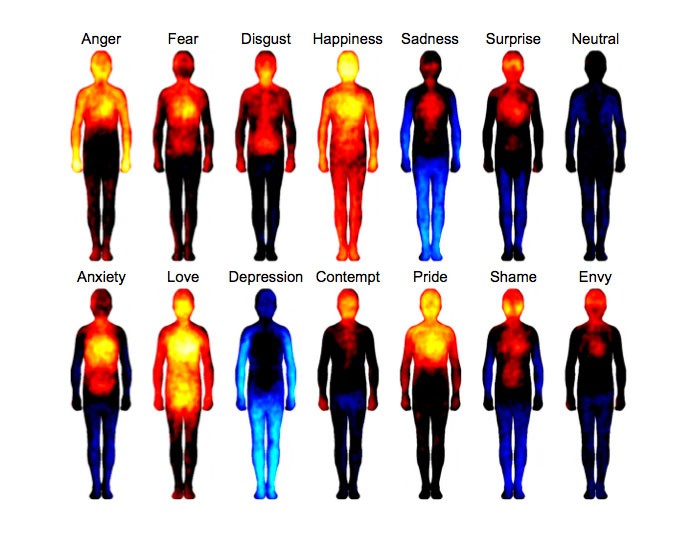
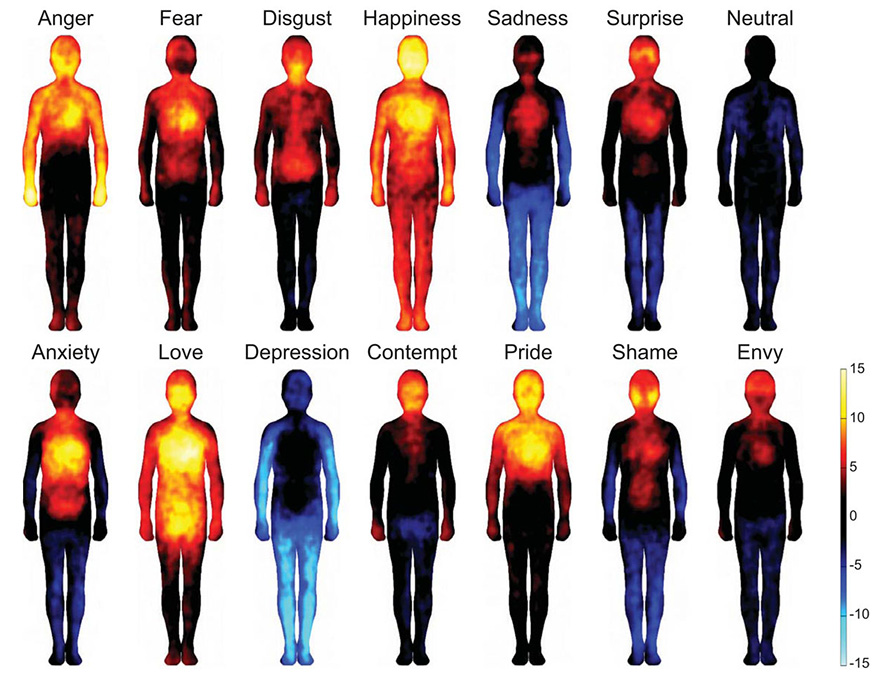










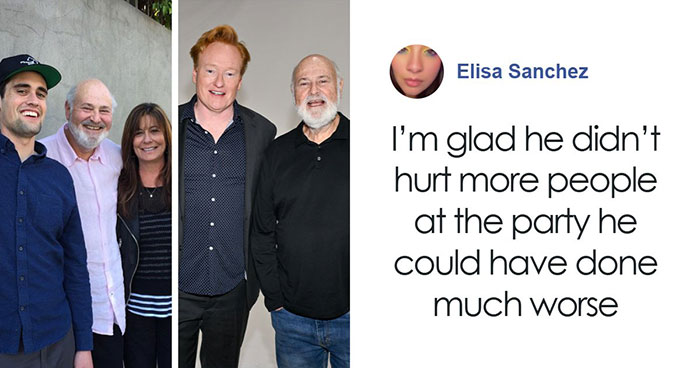
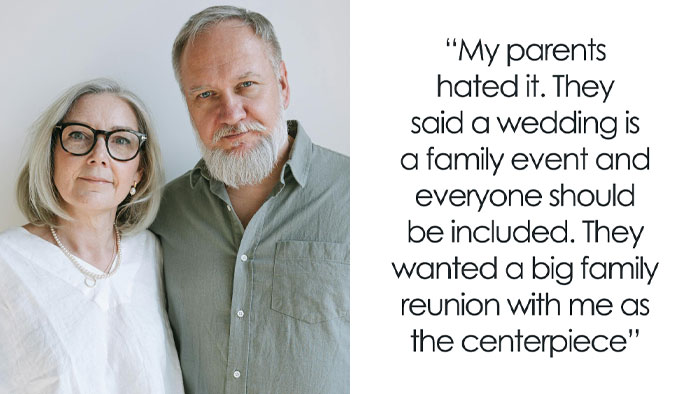






























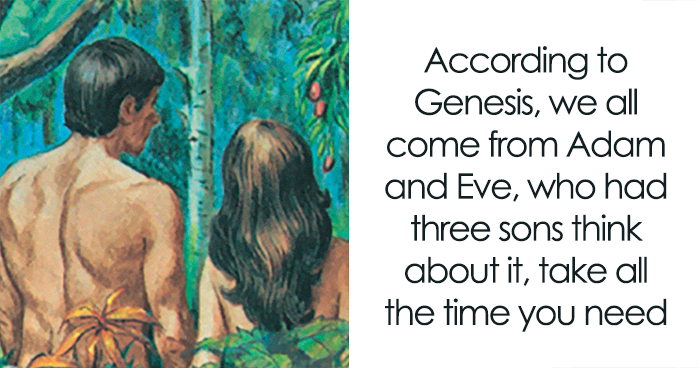
18
1